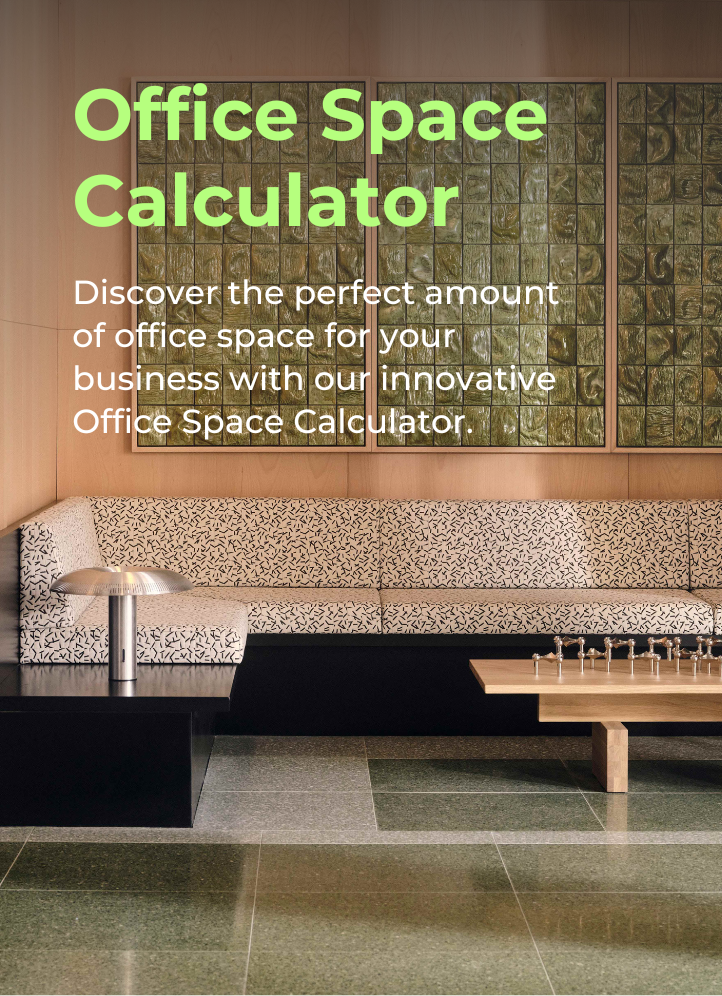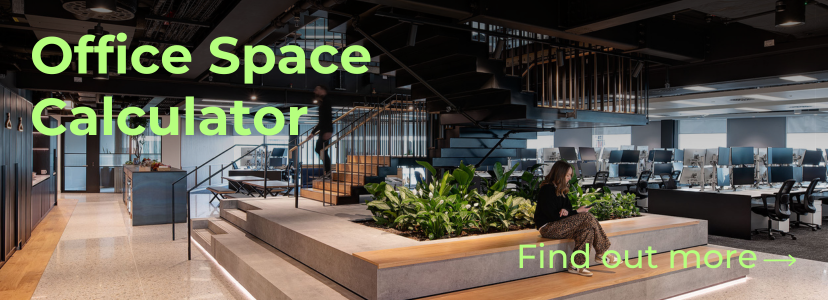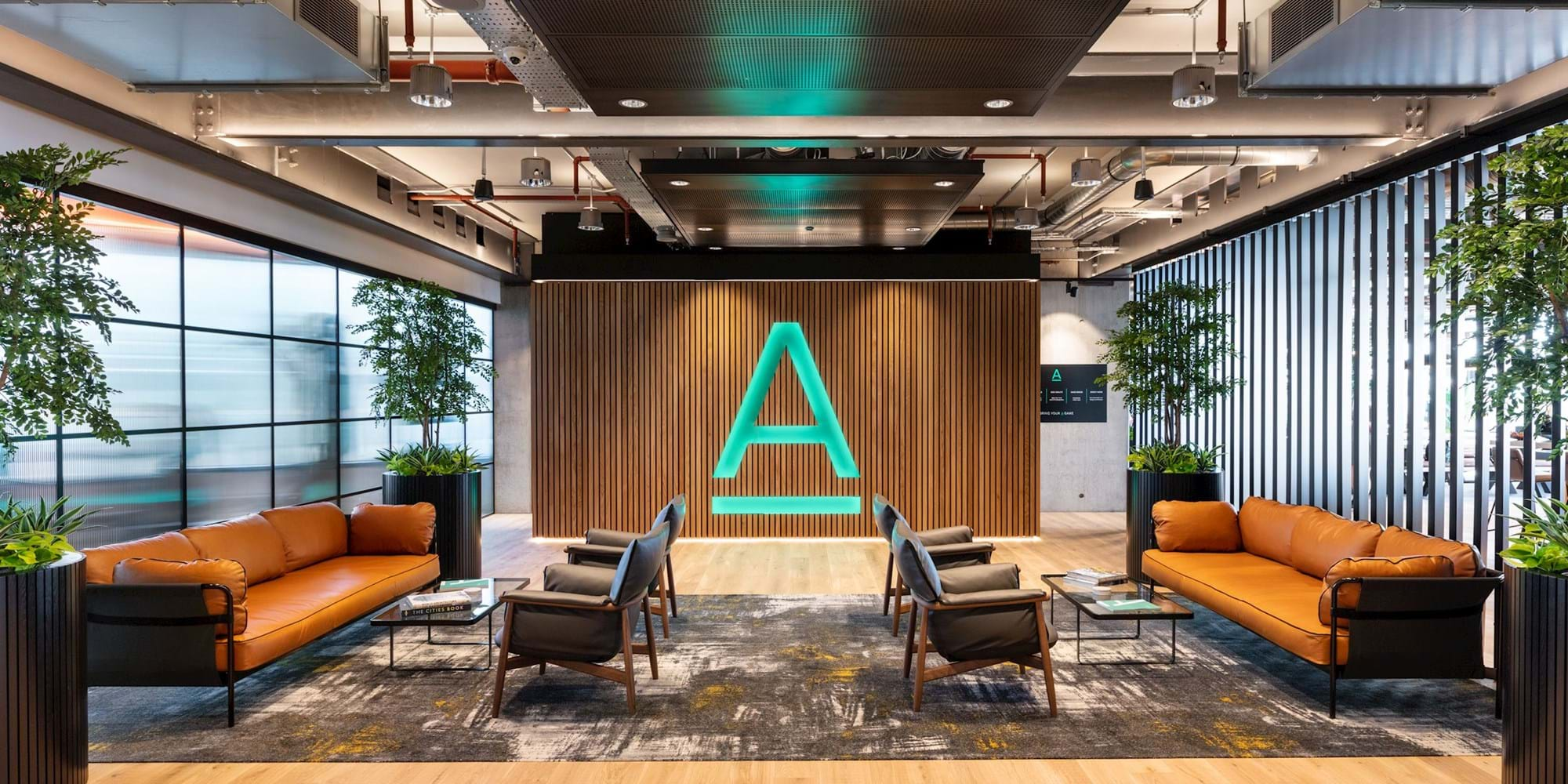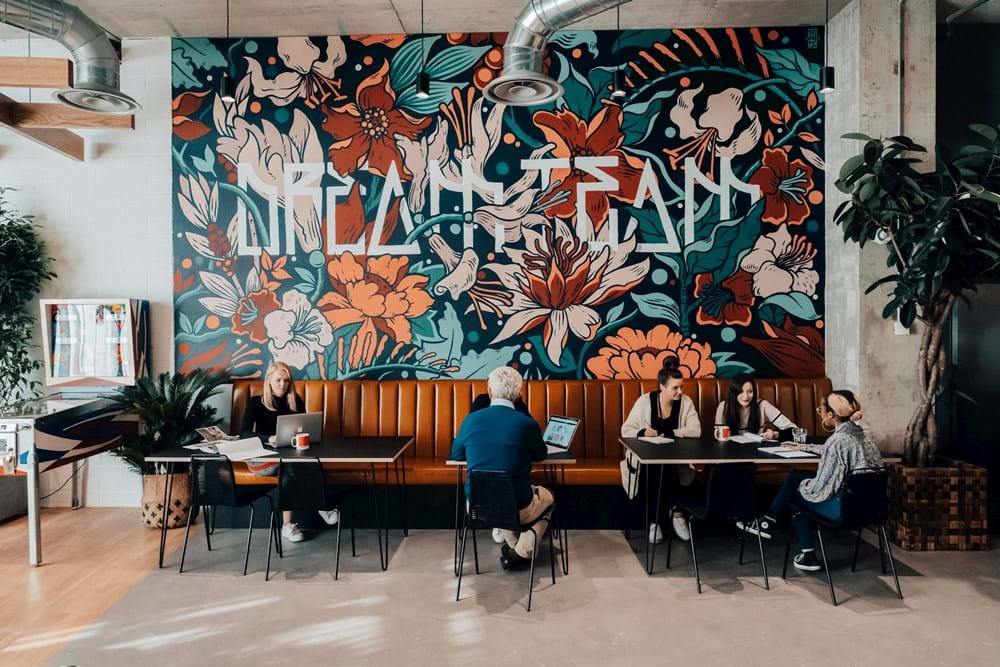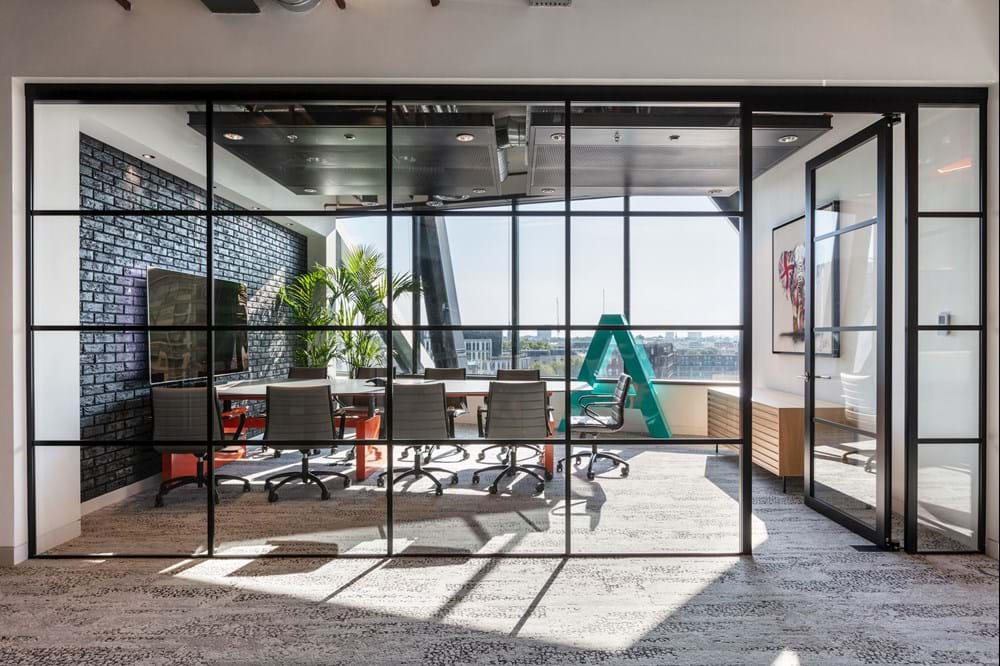Integrating your brand into your workplace
The office landscape can be a great place to gain buy in to brand values by encouraging certain behaviours.
The office landscape can be a great place to gain buy in to brand values by encouraging certain behaviours.
Branding an office has moved on significantly from having a large logo in a company’s reception area. Nowadays, it’s a sophisticated process that reflects and evaluates what exactly a client’s values, strategic objectives and company culture are, and translates them into a contemporary office interior.
According to the WORKTECH Academy, “Workplace culture isn’t just about how the company operates and the public face it puts on, but how it treats its employees and how its employees see the business.”
Companies which score highly in this employee engagement, are according to research from American analytics firm Gallup, 21% more profitable, 17% more productive and have 60% less turnover. So how does this relate to office branding design? When considering an office move, start by looking at what character traits do you want to see in your current (and prospective) members of staff? What behaviours are you trying to encourage your staff to develop and how can creative office branding ideas help them to do that? If you’re trying to encourage hotdesking, for example, then include ample provision of lockers and other storage. Or if your office move signals a big shift towards sustainability, then clearly signposted facilities from recycling to bicycle storage is crucial.
At Modus, we work closely with our clients, whether it’s for an office move or refurbishing existing premises, to achieve great brand design. At Skyscanner’s HQ we raised the bar in office design in London. The key to this was ‘squad rooms’ for teamworking, which had to be suitable for both quiet working and could contribute to a larger collaborative space. Over at Alpha FX, they needed a workspace that would underpin its courageous, punchy, daring and highly motivated brand pillars. Within the office interior, we incorporated a large open plan area, combined with several different types of places for people to gather from a lounge to a meeting point to a presentation room. For SLG we transformed a blank canvas of a concrete shell into a bold, beautiful and functional space that would reflect the brand and increase employee engagement and stimulate creative thinking.
Creative mural in one of SLG's breakout spaces
Office branding design can be achieved through colours - not necessarily just those within the corporate branding palette - but ones that promote certain feelings. Purple or orange for instance stimulate creativity, blue aids concentration and green gives a sense of restfulness and calm. Many a modern office design nowadays also incorporates natural material such as timber or cork to achieve that sense of home-from-home: that the office interior is a family of colleagues working together towards strategic goals.
Decisions about culture, leadership and incentives, selection and recruitment processes are part of what Augustin Chevez of Hassell Studio and Phanish Puranam of INSEAD describe as ‘organisational design’. “The physical space within which an organisation’s members interact has not historically been part of this design. But the game is now rapidly changing. The idea is to make work a fun, rewarding place to be, and employees will want to come on board, stay put and work hard.”
A meeting room at Alpha FX showcases branded elements
US-based change consultant Chris McGoff, speaking at a 2017 WORKTECH Toronto conference argued that principles of what he calls ‘peak-performance cultures’ should shape office office design “Banning adversarial meeting room layouts is one of example of responding to cultural needs,” he said.
This is a chance for branding an office to set out what the client aspires to be in the future as well as where it is now, as David Firth points out in a piece for WORKTECH Academy, “The organisation equivalent of personalty is our corporate culture. Our culture is a story we agree to tell, and therefore it can be reshaped in our language. Talk more about who you intend being tomorrow, and the difference you want to make to it the world.”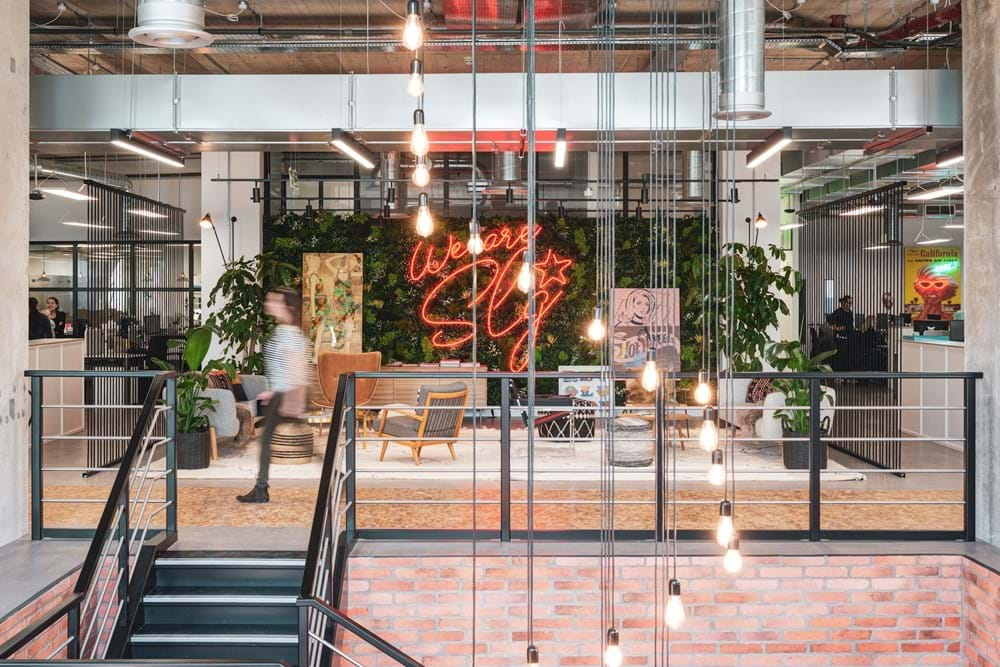
Branded neon signage in a collaborative space at SLG
What might be considered wasted space in an office interior - a corridor say - can be transformed with typographic reinforcements of the language Firth mentions. Murals and manifestations are also creative ways to get your branding message across. Far from being the preserve of a traditional corporate environment, art in the workplace can also support branding goals as an article from Workplace Insight says, “When chosen well, workplace art is a great way of expressing the personality, values and culture of the organisation. [It] promotes social interactions, enhances the workplace environment and facilitates learning.”
Workplace branding is ultimately about sending a powerful message to employees and visitors alike about the personality of your business through strong aesthetic elements.
